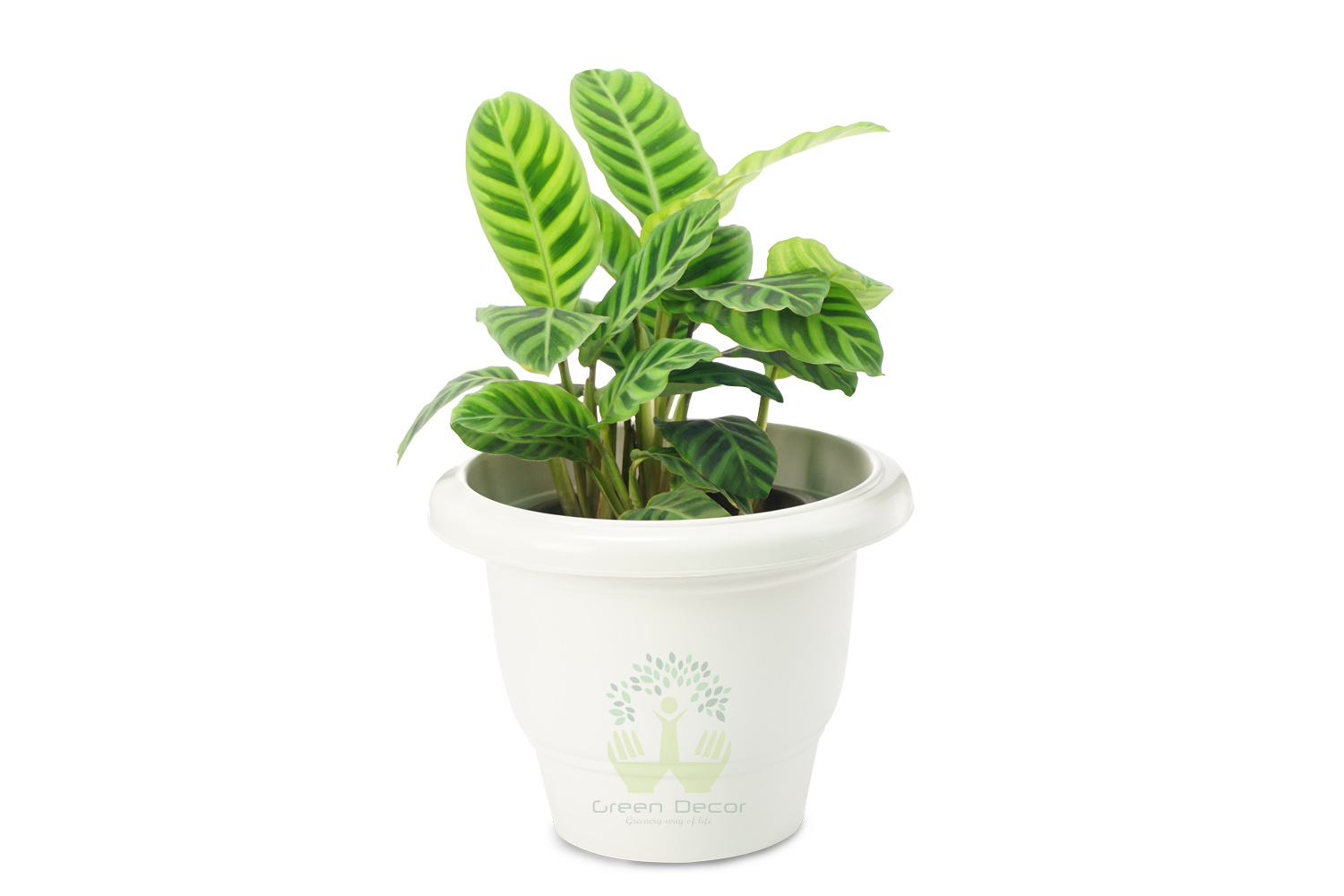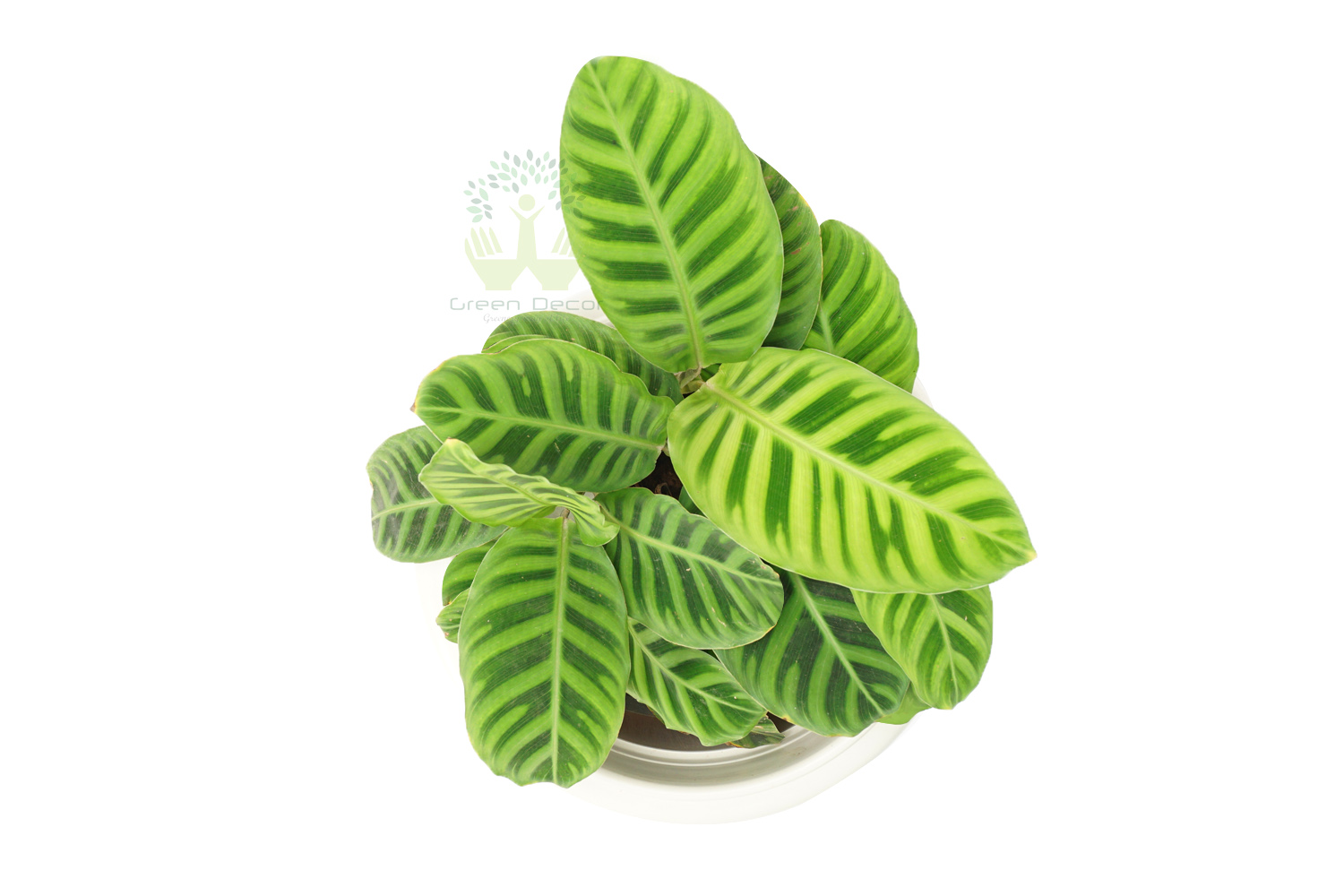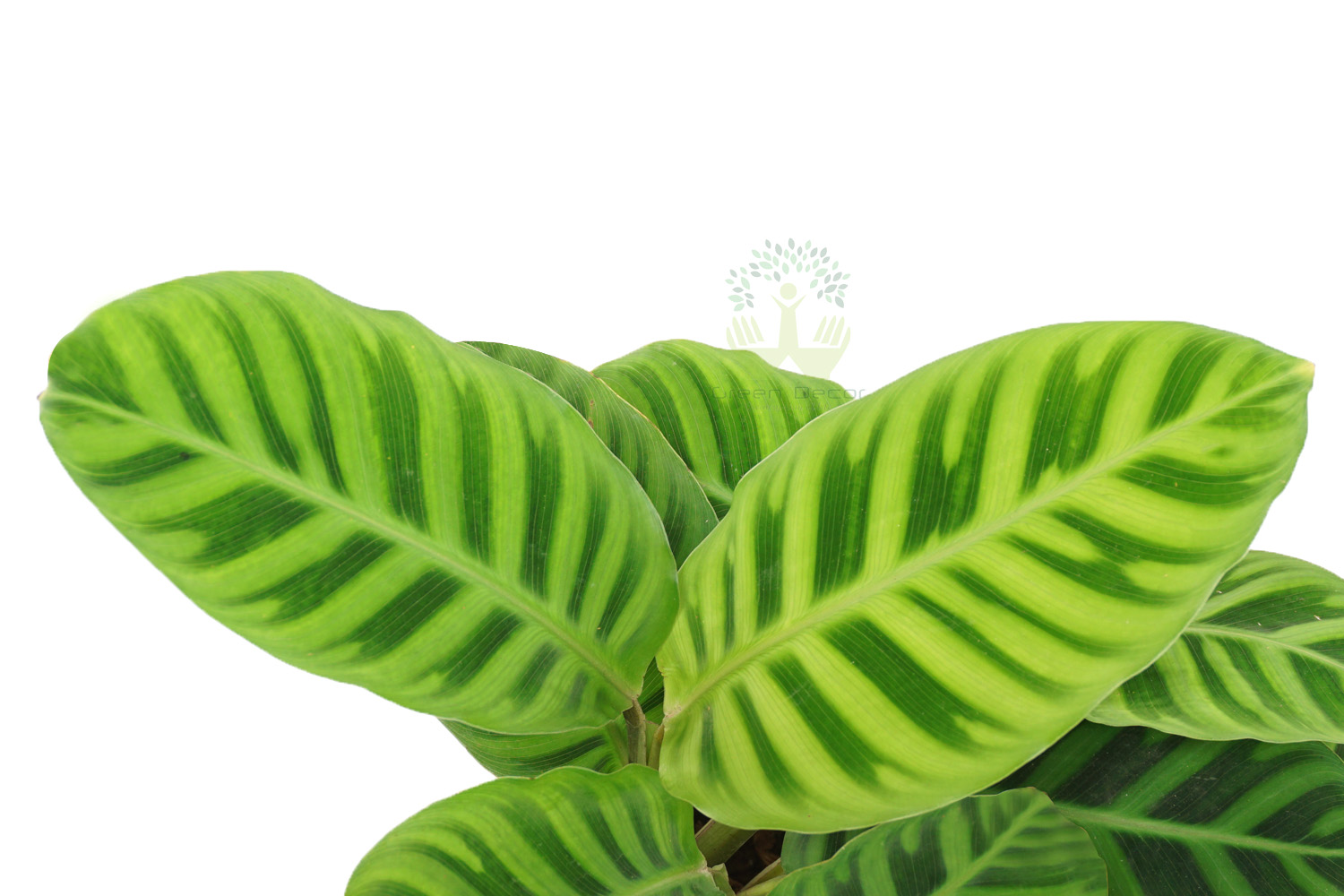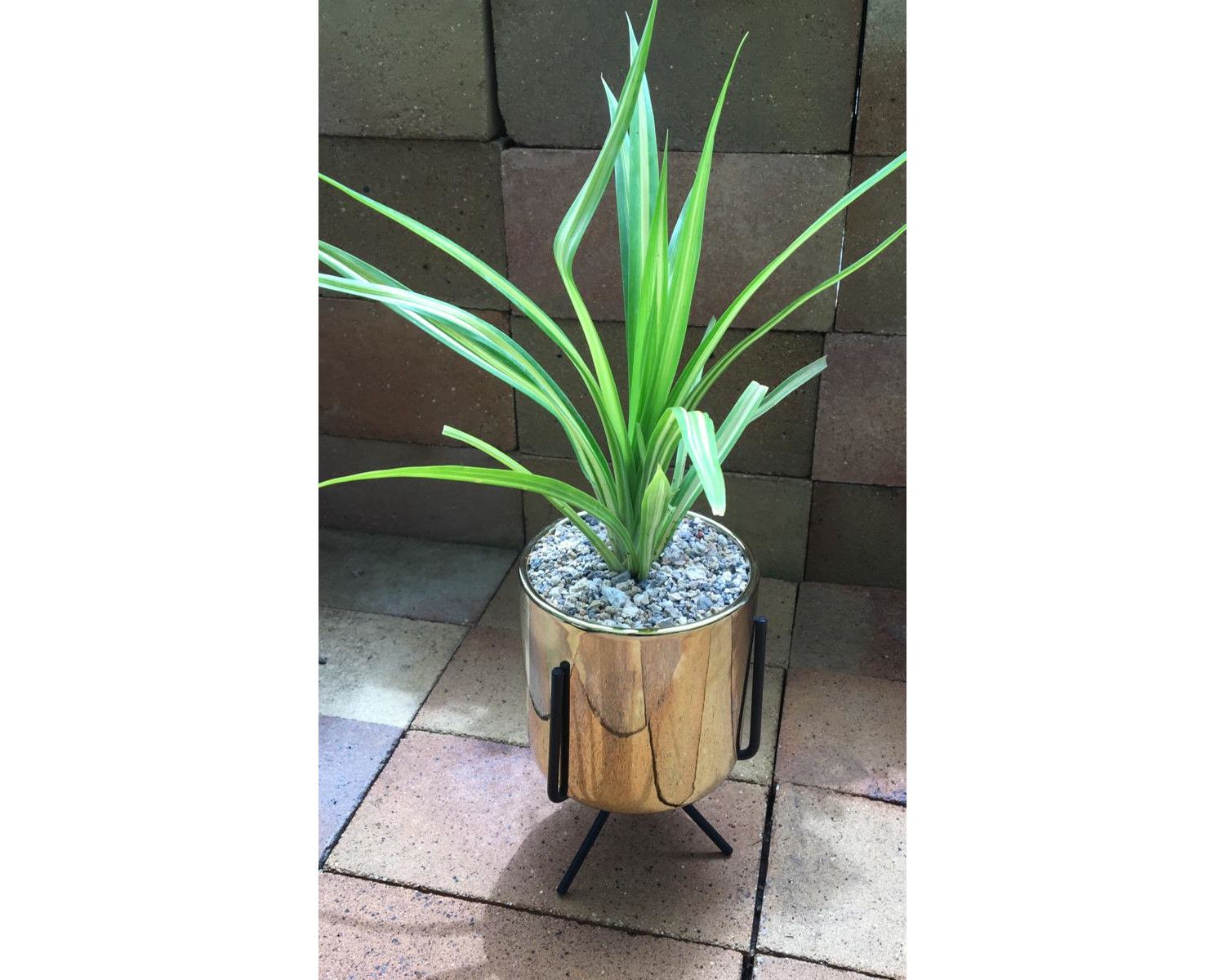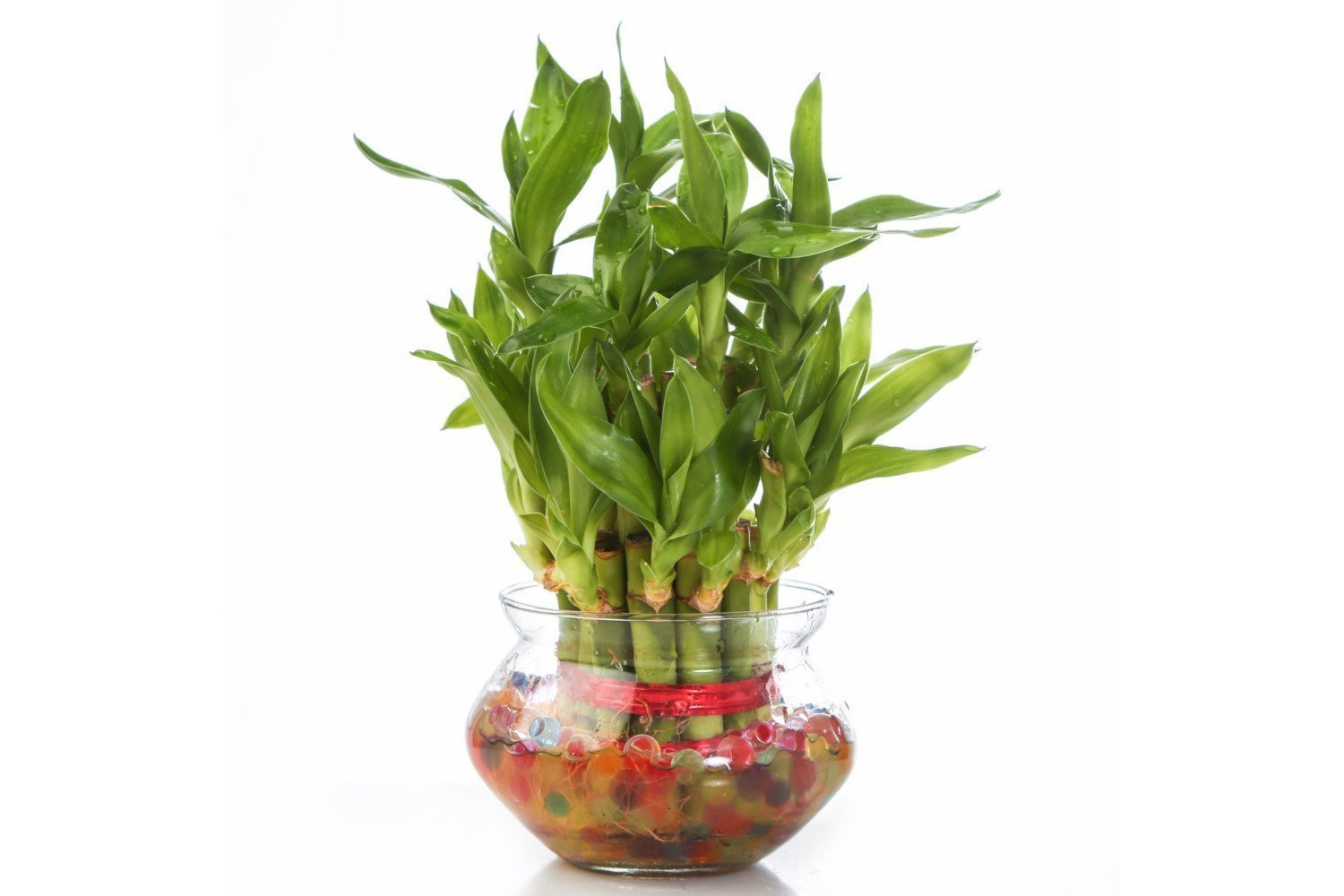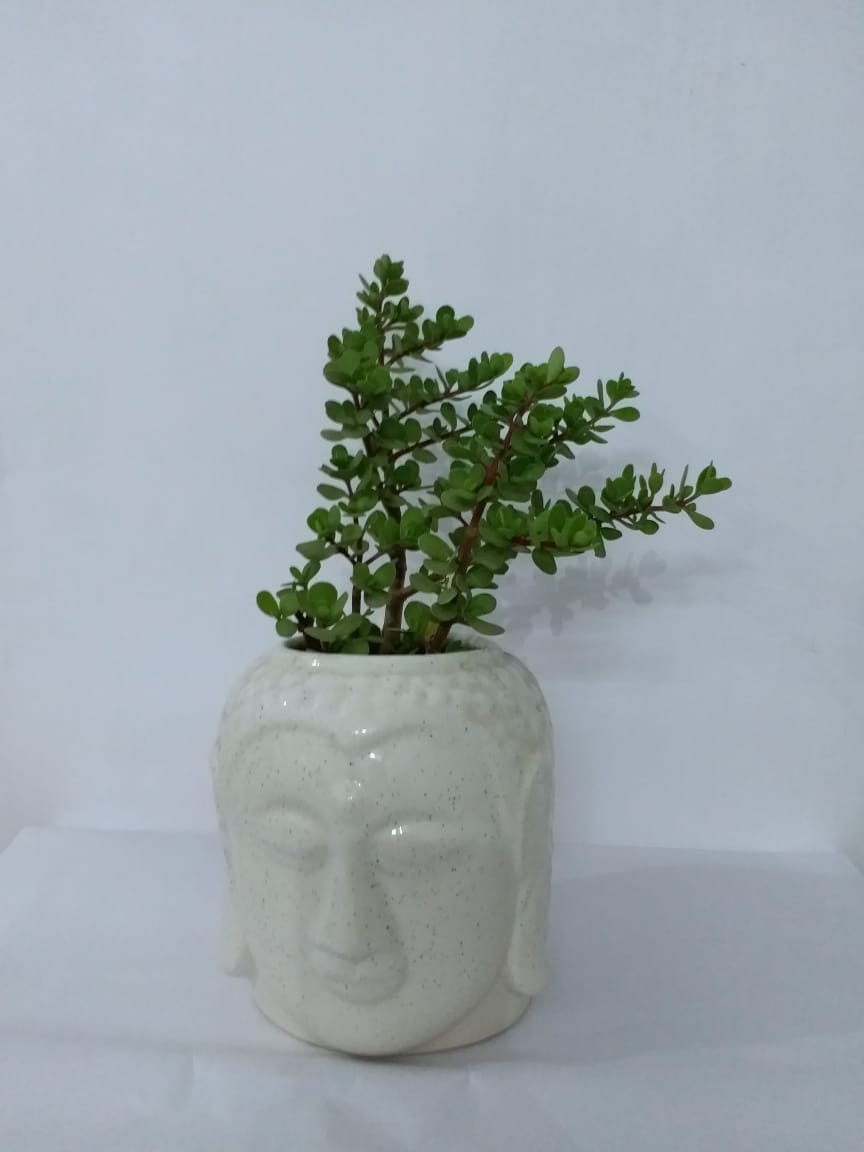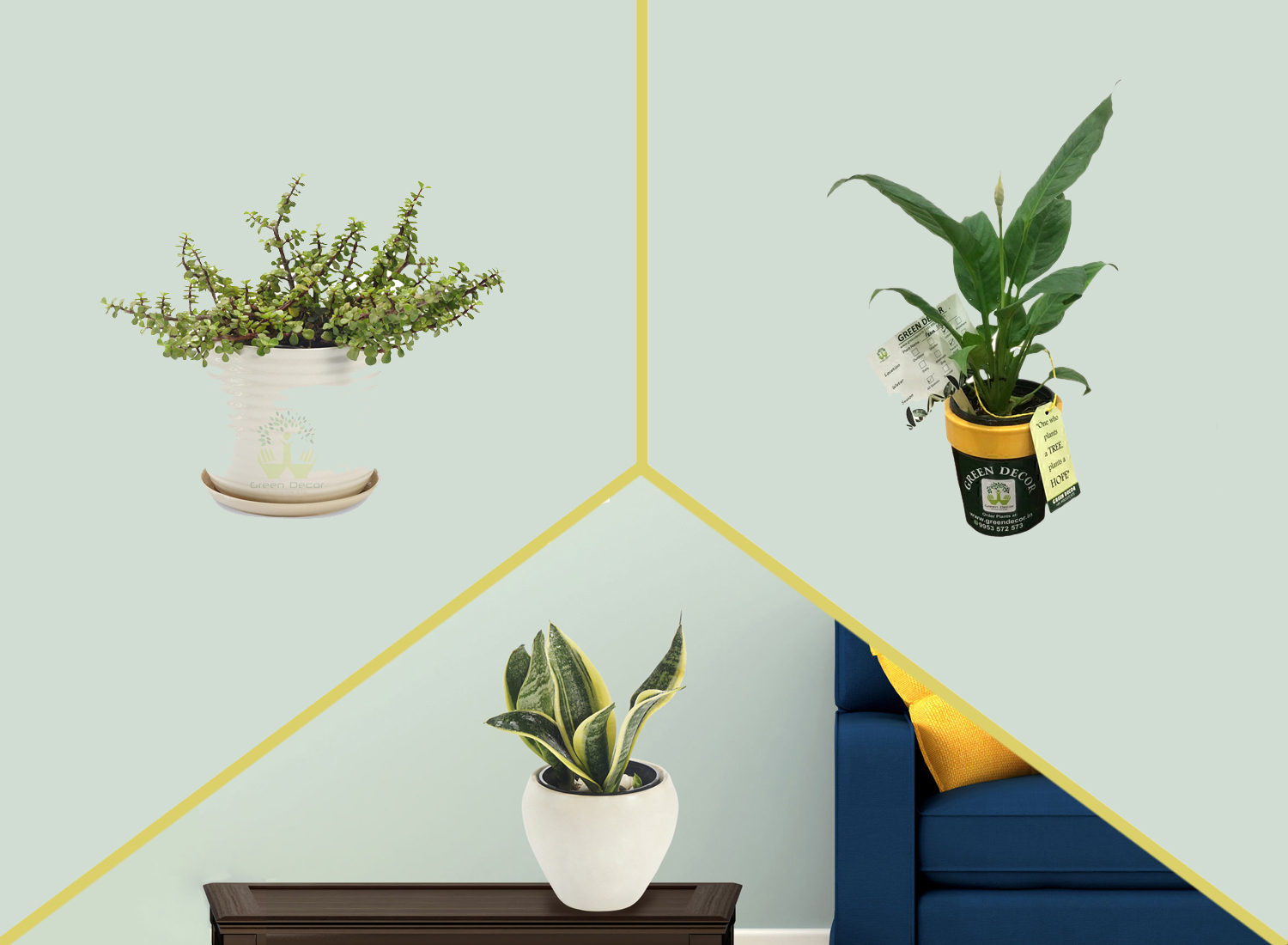Calathea Zebrina Plant
450
Maintenance Level
High
Placements
Outdoor-Shades or Indoor
Toxic
NO
Fragrance
None
Seasons
Spring Summer
Plant Height
12" to 40"
Water Frequency
Winter
Alternate Day
Summer
Daily
Fertilizer Frequency
Winter
1-2 Month
Summer
Every Month
- About Calathea Z..
- How To Grow Calathea Z..
- Benefits of Calathea Z..
- Maintenance Tips
- Shipping Info
The zebra plant (scientific name - calathea zebrina) is a perennial foliage plant which displays fairly large ovate leaves at the tips of it's long stalks. These plants are used mainly for their vibrant colorful leaves. Colors include yellow, rose, white, and even olive. It is characteristic for having zebra-like patterns on its elliptic leaves. Plants reach 3 feet in containers. Leaves emerge from basal rosettes and may reach 2 feet long by 1 foot wide.
Soil Need
Potting Soil Mix
Fertilizer (type)
Liquid Fertilizer
Growth Pattern
Moderate
Pruning
1-2 Month
Re-Potting
Every 17-18 Month
Process :
1. If you are growing your zebra plant indoors, be sure to place it in a warm spot.
2. Well drained and humus rich soils e.g. plenty of peat moss to ensure some moisture retention.
3. During the growing season water the plant thoroughly and keep the soil moist. When it's winter growing, reduce watering.
4. During growing season, apply a balanced liquid fertilizer every two weeks or so.
5. Propagation is done by dividing the main plant when re-potting is carried out.
1. Add Beauty to Landscape
Do's
1. Use half strength fertilizer will prevent your plant from growing too leggy.
2. Calathea zebrina slows its growth cycle in the winter and thus requires less water, so you should cut back on your irrigation routine starting around November.
3.Underwatering can lead to curling leaves and the development of unsightly brown spots, overwatering can lead to drooping and stem rot.
Don'ts
1. When watering your plant, you should avoid hard water or water that’s too cold.
2. No direct sunlight needed filtered light is best.
